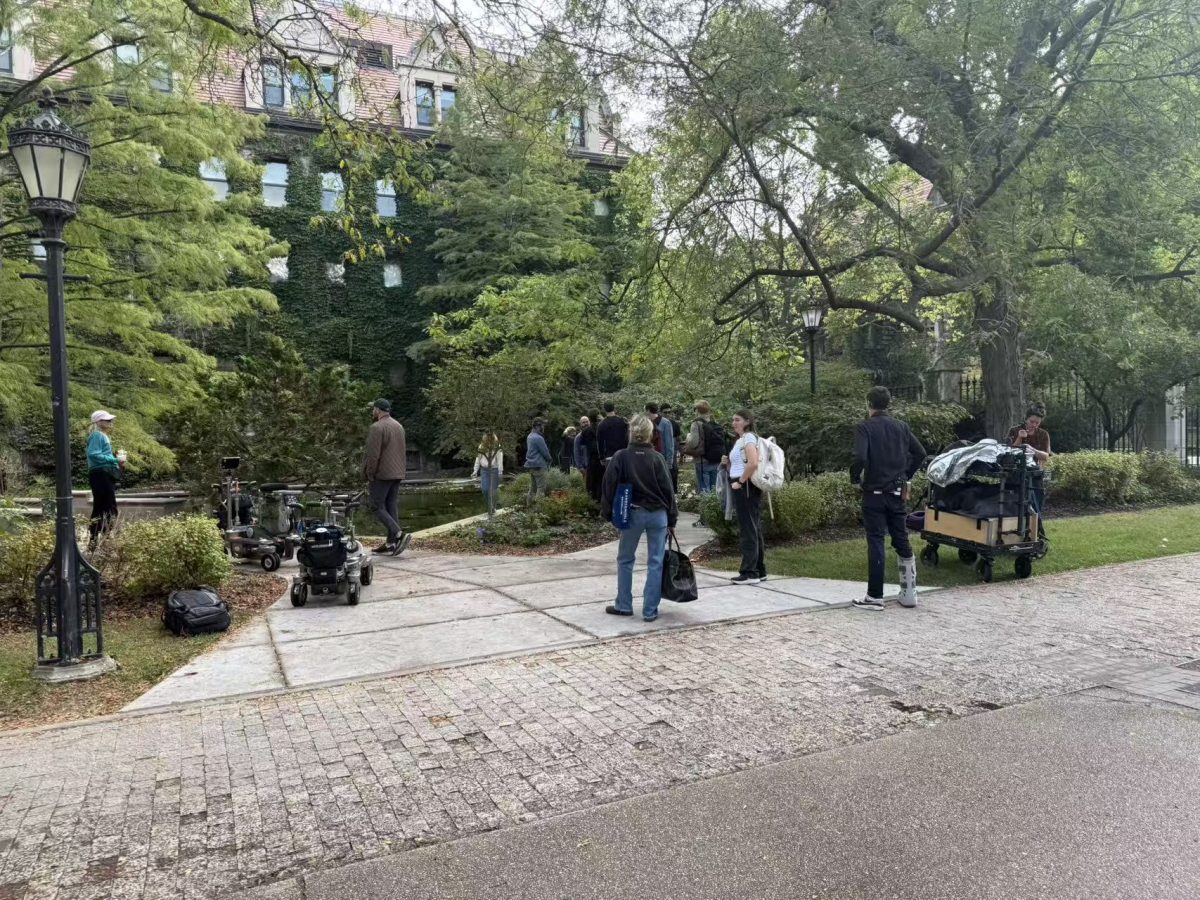Set to be completed early next year, a redesign of the main University web page is underway that would take advantage of new technology, update multimedia content, and improve accessibility.
“The University’s web page has served us very well, but it has remained substantially unchanged since 1999,” said Julie Peterson, vice president for communications, in an e-mail interview. “There is a lot of interest across the University in revising and updating the page in order to better convey the range of extraordinary activity that is taking place here.”
As a result of faster Internet connections, improved monitor resolutions, and changes in web browser capabilities, Peterson said, designers can fit more on a page and make it look better, meaning there will be more room for feature stories and multimedia content.
Designers are also working to improve accessibility for people with disabilities by allowing users to enlarge fonts or use a screen reader with the site.
By January, students should be able to get a “sneak peek” at the new site and offer feedback, said John Mohr, director of web services at Networking Services and Information Technologies (NSIT). He said that the redesign will only affect the main site and related pages such as the “Current Students” link.
Currently, web designers from NSIT are collaborating with writers and designers from across campus to develop prototype designs. Throughout the fall, students, faculty, and staff will review the designs and give feedback before the new site is shared in a test phase with the school community.
According to Peterson, the redesign process began several months ago when a campus-wide committee was convened to review sites from other universities, develop profiles of typical users, and consult with faculty, staff, students, and alumni to determine what changes should be made.
Administrators and staff from Web Services also met with undergraduate, graduate, and professional students over the summer to help shape the architecture for the site, particularly the student section.
“Students have been involved at every stage of this process and will continue to be involved going forward,” Peterson said.








